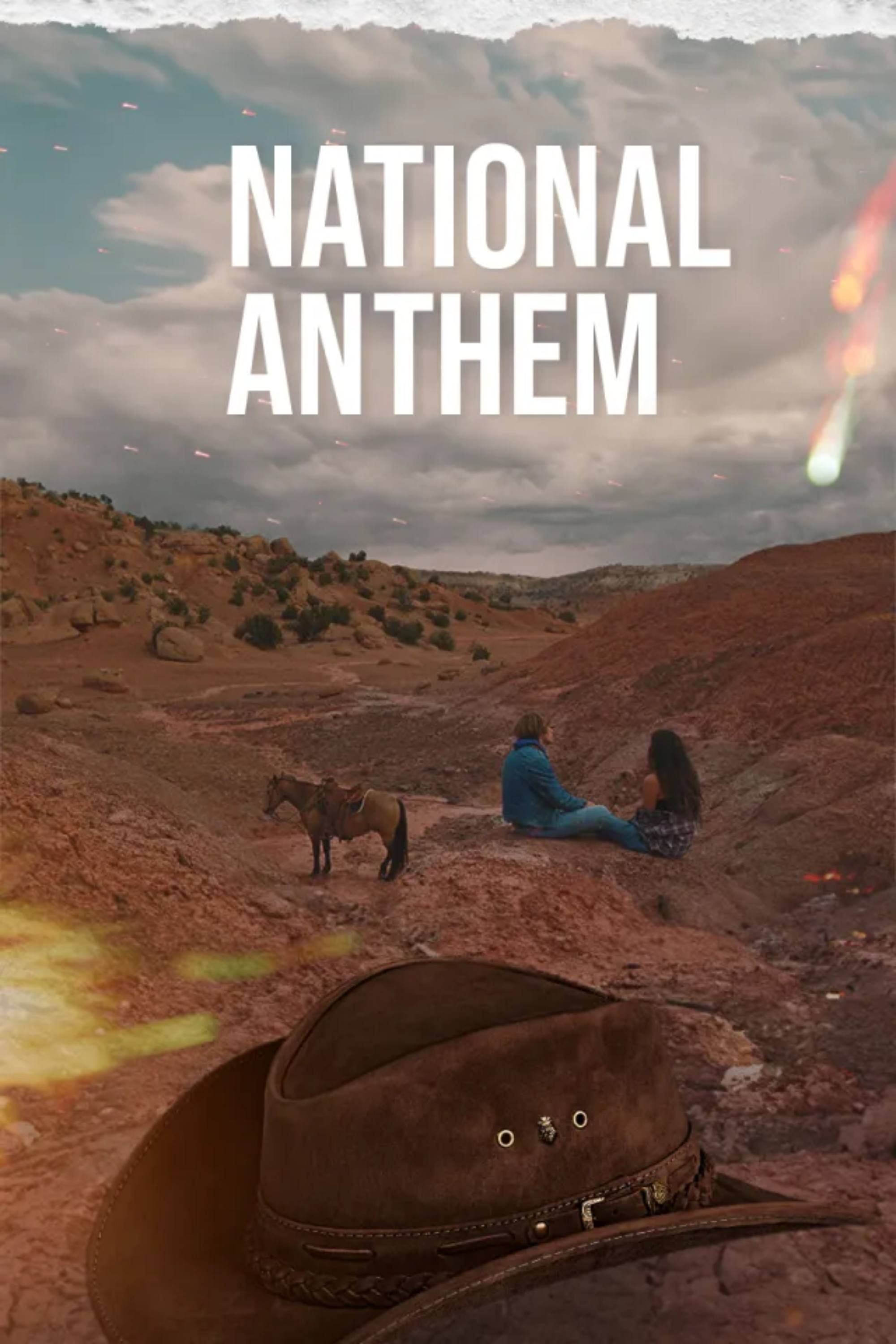Summary
-
National Anthem
‘s beautifully shot depiction of the queer rodeo community is a love letter to resilience and pride. - Despite its flaws, the film’s focus on protagonist Dylan’s journey of self-discovery is a compelling thread.
- The film prioritizes atmosphere over story, capturing the landscape of the queer American West with stunning familiarity.
When gorgeously shot, films are likened to portraits. Photographer-turned-director Luke Gilford’s feature debut, National Anthem (2024) , is perhaps the epitome of that term. Inspired by the filmmaker’s monograph of the same name, National Anthem chronicles America’s queer rodeo scene — a contrast of rarely-captured, joyous fluidity and the well-trodden iconography of the American West. At a time when queer and trans rights and identities are under attack, National Anthem provides a temporary reprieve by spotlighting a resilient and proud community. However, the film also falls back on frustrating tropes that do a real disservice to its trans characters and viewers.
Co-written by Gilford, David Largman Murra, and Kevin Best, National Anthem centers on 21-year-old Dylan (Lean on Pete’s Charlie Plummer), a construction worker living in rural New Mexico with his mother, Fiona (Robyn Lively), and younger brother. As Fiona grapples with substance-use disorder, Dylan provides for his family through one-off jobs, which, eventually, brings him to the House of Splendor, an idyllic ranch helmed by Pepe (Rene Rosado) and Sky (Dispatches from Elsewhere’s Eve Lindley). Mason Alexander Park (The Sandman) plays Carrie, a drag performer and fellow member of the queer rodeo family.
National Anthem’s Characters Play Into Tired Tropes
Despite some flaws, Luke Gilford’s debut still taps into the excitement of being seen
The crux of National Anthem’s issues stem from Dylan being the film’s point-of-view character. Self-deprecatingly, Dylan even tells Sky, “I’m pretty boring.” And he’s not wrong. Dylan, who always puts his brother first, hasn’t had the time or space to really explore his own identity. The ranch, and the queer rodeo community at large, finally provide Dylan with the space he needs.
There’s nothing wrong with telling Dylan’s story. In fact, Dylan’s meaningful first encounter with queerness, community, and self is a compelling thread. There’s something so intimate about going on a journey of self-discovery with a character, especially when the backdrop is so painstakingly rendered. Those moments are, often, some of the film’s best.
National Anthem is more experience than story — something that washes over us. As such, your mileage may vary. The scant story is a necessary scaffolding that allows Gilford’s exploration of queer Americana within the context of a narrative feature film. Long after the credits roll, you’ll probably remember the atmosphere and imagery more so than the characters. And that’s okay: National Anthem is a portal into the commune at its center. As far as the plot goes, Dylan also falls in love with Sky, who’s eager to pull Dylan into her world (because that’s what the plot necessitates).
Despite Lindley’s star-making turn, the charismatic Sky is often written to be a John Green-style manic pixie dream girl. It’s incredibly frustrating that a trans woman — and, later, her pain — facilitates Dylan’s story arc. I genuinely believe that National Anthem intended to paint Sky as a powerful character, but sometimes intention and outcome just don’t align. While there’s still a lot the film handles well, to experience the film’s lovingly crafted depiction of the queer rodeo community, viewers have to watch another example of the tired woman-as-plot-device-for-a-man’s-growth trope play out.
National Anthem Prizes Atmosphere Over Story
Luke Gilford captures the landscape of the queer American West with stunning familiarity and intimacy
One of National Anthem’s most successful aspects is how it feels like an old-fashioned sort of movie. Like the lesbian classic Desert Hearts, or even the more recent queer crime thriller Love Lies Bleeding, there’s a kind of well-worn texture to the film. Although National Anthem centers on a group of people who haven’t really had the mainstream-cinema spotlight before, Gilford’s approach suggests that his debut feature has always existed in the canon. It’s hard to explain that kind of feeling, but I think it stems from how the writer-director approaches his subject in general: These queer communities aren’t new.
Like Oscar-winning directors Chloé Zhao and Jane Campion’s movies, or even All the Pretty Horses novelist Cormac McCarthy, Luke Gilford knows just how to capture a Western landscape. There’s a down-to-earth beauty in every shot of nature, and that translates into Gilford’s characters, as well as the world and work of the rodeo. Although the depiction of the queer rodeo community might feel radical to audiences unfamiliar with it, Gilford’s insight shines through — a necessary reminder that, for many people, settings like National Anthem’s have always been home.
National Anthem is now playing in select theaters nationwide.

National Anthem is an HBO limited drama series directed by Bradley Cooper. The narrative follows a contemporary American family as they navigate complex societal issues and personal struggles. Starring Jennifer Lawrence, the series delves into themes of identity, patriotism, and the often conflicted notions of what it means to pursue the American Dream in today’s world.
- Luke Gilford’s film is gorgeously shot
- The film spotlights a proud and resilient queer rodeo community
- National Anthem leans into unfortunate tropes
